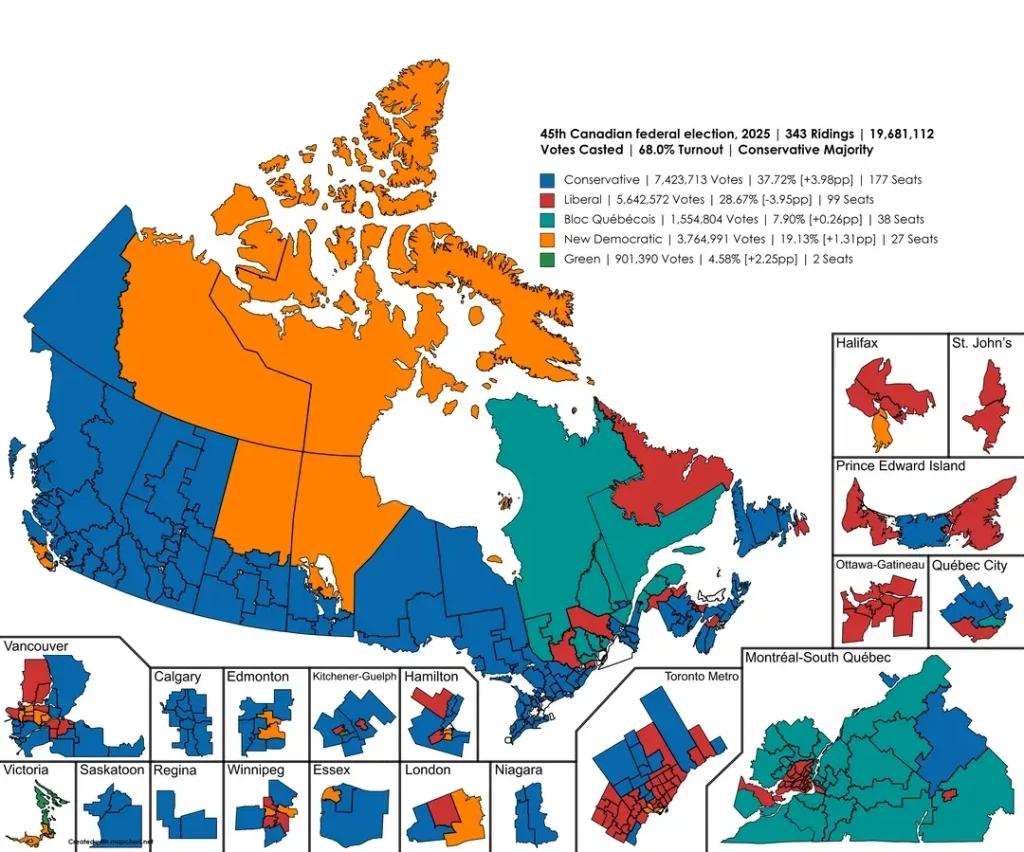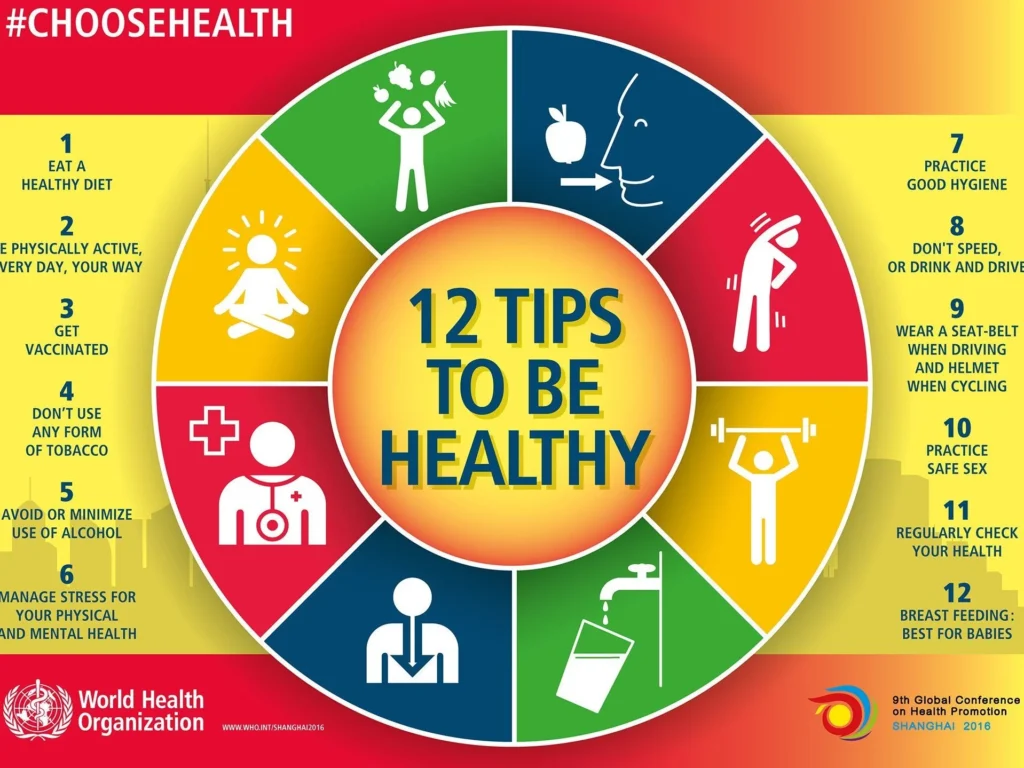As the Federal Election 2025 approaches, Canadian voters are keenly interested in the platforms that the major political parties are putting forward. This election cycle promises to be significant as parties unveil their political promises aimed at addressing pressing 2025 election issues. From climate action to healthcare funding, each party’s stance will shape Canada’s future policies and the socio-economic landscape. To assist voters in making informed choices, a detailed comparison of the parties’ platforms has been compiled, spotlighting the key proposals and initiatives that aim to resonate with constituents. With a multitude of perspectives and priorities from leaders across the political spectrum, analyzing these platforms is essential for understanding the directions Canada might take in the coming years.
As we gear up for the pivotal 2025 elections in Canada, the various campaign commitments from political entities are coming to light, and their implications for the electorate are profound. These electoral platforms outline the intended policies and commitments of each party, offering insights into their priorities on crucial matters of governance and social responsibility. An in-depth examination of the promises made by federal parties allows citizens to compare approaches to vital concerns like housing, economy, and public health. With a keen focus on the upcoming electoral battle, analyzing these party platforms helps voters predict how their choices will influence Canada’s future. In this unfolding political landscape, understanding each party’s vision is key to participating effectively in the democratic process.
Key Promises from Major Parties in Canada Elections 2025
As the Federal Election 2025 approaches, major parties like the Conservatives, Liberals, and the New Democratic Party (NDP) are unveiling their platforms, each with distinct promises aimed at addressing key national issues. This election is crucial since it will not only shape public policy but also impact every Canadian’s daily life. The party promises revolve around significant topics such as managing tariffs on imports, tax reform, affordable housing, and national defense, often reflecting the diverse concerns of Canadians.
An informed voter will compare these platforms thoroughly to understand the nuanced positions each party takes on pressing matters. For instance, the Conservative Party has committed to supporting the auto sector with a “strategic response fund” to counter the repercussions of U.S. tariffs. Meanwhile, the Liberals propose significant tax cuts and alterations in housing policy to make homes more affordable. These contrasting approaches highlight how the Federal Election 2025 platforms are designed to cater to a vast array of voter priorities.
Federal Election 2025 Platforms: Housing and Tax Policies
Housing has emerged as a critical forefront issue in the upcoming Canadian elections. To tackle this concern, the Conservative Party has promised to waive the Goods and Services Tax (GST) for homes sold to first-time buyers priced at $1 million or below. Additionally, both the Conservatives and NDP have committed to building hundreds of thousands of new homes annually for the next decade. These pledges reflect an urgent need for solutions in light of rising property prices across the country.
On the taxation front, party platforms reveal differing philosophies on economic management. The Conservatives propose cutting the lowest marginal tax rate and reviewing the corporate tax system in a bid to stimulate economic growth. The Liberal party, on the other hand, intends to repeal the consumer carbon tax, which they argue burdens average families. By exploring how these tax and housing policies align with voter sentiments, it becomes evident that addressing economic stressors remains a pivotal aspect as Canadians head to the polls.
Understanding the Defense and Environment Policies of Federal Parties
Issues related to national security and environmental stewardship are traditionally significant in Canadian elections, and the Federal Election 2025 is no exception. Each party has positioned defense as a priority, with the Conservative Party pledging to reach the NATO defense spending target of 2% of GDP by 2030. Their strategy includes boosting recruitment and enhancing salaries for Armed Forces personnel, rendering a strong commitment to safeguarding national interests.
Environmentally, the parties have varying approaches to carbon pricing and renewable energy initiatives. The Conservatives focus on creating incentives for greener choices and strengthening carbon pricing regulations, whereas the Liberals propose eliminating the industrial carbon tax altogether. Voters must dissect these environmental policies carefully, as they are foundational to future sustainable development and climate change strategies that most Canadians view as critical.
Crime, Health, and Social Policy Initiatives for the 2025 Election
Crime rates and public safety are anticipated to be paramount in the election discourse, with parties proposing starkly contrasting approaches. The Conservative platform includes implementing a mandatory gun buyback program for assault-style firearms and increasing the manpower of the RCMP. These commitments aim to reassure voters of their safety and a stricter stance against violence. Evaluating such promises is essential for voters who prioritize law and order in their decision-making process.
On the healthcare front, each party’s policy reflects a commitment to addressing social issues, particularly around mental health and addiction treatment. The NDP’s proposal to expand dental care for households earning below a certain threshold and to substantially fund residential treatment spaces for addiction reflects a holistic approach to public health. Voter sentiment during the 2025 elections could significantly influence which health policies gain traction, demonstrating the power of public opinion in shaping Canada’s healthcare landscape.
The Role of Education and Immigration in Federal Election 2025
Education policies are increasingly relevant as Canada seeks to address skills shortages and improve workforce readiness. Recognizing the vital role of skilled trades, several parties have proposed grants for apprenticeship training and enhancements in labor mobility between provinces. These education initiatives suggest a forward-thinking approach to preparing the next generation for the evolving job market—an issue that resonates with many concerned about employment prospects.
Immigration remains a contentious issue in the lead-up to 2025, with parties diverging in their approaches. The Conservatives propose capping immigration to pre-2019 levels, while the Liberals focus on promoting a fair and inclusive immigration system that supports Canada’s economic growth. Such contrasting views will challenge voters to align their preferences with their beliefs about the role of immigration in nation-building. The outcome of these discussions will likely have long-lasting implications for Canada’s demographic landscape.
Analyzing Culture Policies in the 2025 Canadian Elections
Culture plays a significant role in shaping national identity in Canada, and the parties’ platforms reveal various commitments to enhancing cultural offerings. The Conservative Party’s proposal to increase funding for national broadcasting services like CBC aims to enrich cultural programming available to Canadians. Such policies reflect an understanding of the importance of arts and culture in fostering community engagement and preserving the Canadian heritage.
Additionally, policies that focus on increasing francophone immigration beyond Quebec highlight a commitment to diversity and inclusion. By prioritizing these cultural initiatives, parties are positioning themselves to appeal to a broader demographic wishing to support a culturally rich and diverse society. Thus, the cultural policies will likely affect voter alignment and party performance in the upcoming elections.
Comparison of Federal Parties: Making Informed Choices in 2025
As Canadians prepare for the Federal Election in 2025, a critical step is analyzing the announced platforms side by side. The National Post presents a comprehensive breakdown that emphasizes the need for transparency around political party promises. Understanding where each party stands on pressing issues such as tax policies, social support systems, crime, and the environment will empower voters to make informed choices that align with their values.
This comparative analysis underlines the diverse approaches of the Conservative, Liberal, and NDP parties toward important election issues. By factoring in conditions such as housing affordability, tax cuts, and public safety, voters can engage in meaningful dialogues about their choices. A careful examination of these federal party promises encourages civic engagement and reinforces the vital role of informed voting in the democratic process.
Looking Ahead: The Future of Canada Post-Election 2025
The stakes are undeniably high as Canada gears up for the Federal Election in 2025. With platforms from each party reflecting different visions of the future—from economic recovery strategies and social safety nets to environmental sustainability—the implications of this election will shape the nation’s trajectory for years to come. As politicians present their case, the electorate must consider not just immediate policy impacts but also long-term repercussions.
Moreover, the outcomes of the 2025 election will likely influence Canada’s standing on the global stage regarding immigration policy, climate action, and international relations. Voter turnout and engagement will be pivotal, making it essential for every Canadian to actively participate in the democratic process. As such, the Federal Election 2025 stands not just as a political event but as a collective opportunity for Canadians to voice their aspirations for the country’s future.
Frequently Asked Questions
What are the major political party promises for the Federal Election 2025?
The Federal Election 2025 platforms include a variety of promises from major parties like the Conservatives, Liberals, and NDP. These platforms cover issues such as healthcare expansion, housing affordability, climate change initiatives, and immigration reforms, providing voters with detailed options to consider as they cast their votes.
How do the Canada election policies address housing issues for first-time buyers?
In the context of the Canada election policies for 2025, major party platforms propose to waive the GST on homes sold for $1 million or less to first-time buyers and commit to building 500,000 new homes annually over the next decade. This aims to make home ownership more accessible to Canadians.
What are the key 2025 election issues related to crime and public safety?
Key 2025 election issues regarding crime include plans for a mandatory gun buyback program for assault-style firearms and provisions to automatically revoke gun licenses for individuals convicted of violent crimes. The focus on increasing RCMP recruitment also signifies a commitment to enhance public safety.
What energy/environment strategies are included in the Federal Election 2025 platforms?
The Federal Election 2025 platforms feature strategies for energy and environmental sustainability, such as creating incentives for cleaner energy choices and strengthening the industrial carbon tax regime. Some platforms propose eliminating the federal industrial carbon tax, showing varied approaches to environmental policy.
How do the political party promises for the Federal Election 2025 aim to enhance healthcare?
Political party promises for the Federal Election 2025 include expanding dental care for households earning under $90,000 and a commitment to deliver full public pharmacare within four years. These efforts highlight a focus on making healthcare more comprehensive and accessible to Canadian citizens.
What is the stance of candidates on immigration in the 2025 election?
In the Federal Election 2025 platforms, candidates’ stances on immigration include proposals to temporarily cap immigration to 2019 levels and enforce stricter measures against fraud within the immigration system. This reflects a focus on immigration management amidst ongoing public discourse.
How do Federal parties compare in their approaches to education and training for skilled workers?
When comparing Federal parties in the context of education and training for 2025, some platforms propose to cover apprenticeship training grants up to $8,000 and enhance labour mobility for skilled trades across provinces. This focus indicates a commitment to addressing skills shortages and fostering workforce development.
What tactics do the major parties propose for addressing defense spending in 2025?
In their defenses plans for the Federal Election 2025, major parties suggest reaching NATO’s defense spending target of 2% of GDP by 2030, boosting military salaries, and acquiring new defense assets such as submarines and icebreakers. These tactics underline an increased emphasis on national security.
What cultural initiatives are promised in the Canada elections 2025 platforms?
Cultural initiatives in the Canada elections 2025 platforms include increased funding for CBC and Radio-Canada and enhanced support for francophone immigration outside Quebec. Additionally, proposals to grant free admission for minors to national galleries and museums reflect a commitment to promoting Canadian culture.
How are tax policies addressed by the political parties in the Federal Election 2025?
Tax policies in the Federal Election 2025 platforms include proposals for a 1% reduction in the lowest marginal tax rate and efforts to amend the Greenhouse Gas Pollution Pricing Act to repeal the consumer carbon tax. These policies aim to provide financial relief and adjust the tax landscape for Canadians.
| Issue | Conservatives | Liberals | NDP |
|---|---|---|---|
| Tariffs/Trump | $2 billion fund for auto sector, build Canadian supply chain, create national energy corridor, tariffs on non-compliant U.S. vehicles. | ||
| Taxes | Cut lowest tax rate by 1%, repeal consumer carbon tax, review corporate tax system, increase Guaranteed Income Supplement temporarily. | ||
| Housing | Waive GST for first-time buyers, invest in building 500,000 homes/year, waive GST on homes under $1.3 million. | ||
| Defence | Reach NATO target of 2% GDP by 2030, boost Armed Forces salaries, acquire new submarines and heavy icebreakers. | ||
| Energy/Environment | Incentives for greener choices, strengthen industrial carbon tax, develop carbon border-adjustment tariff. | ||
| Crime | Mandatory buyback of assault firearms, revoke licenses for violent offenders, recruit 1,000 new RCMP officers. | ||
| Health/Social Policy | Expand dental care under $90,000 income, fund 50,000 addiction treatment spaces, deliver public pharmacare in four years. | ||
| Education/Training | Cover apprenticeship grants up to $8,000, increase labour mobility for skilled trades. | ||
| Immigration | Temporarily cap immigration at 2019 levels, reduce annual intake, crack down on immigration fraud. | ||
| Culture | More funding to CBC, increase francophone immigration outside Quebec, free admission for minors to galleries. |
Summary
The Federal Election 2025 platforms present a comprehensive overview of the major parties’ promises, outlining their planned approaches to critical issues such as tariffs, taxation, housing, and more. Voters can expect varied policies from the Conservatives, Liberals, and NDP, with each aiming to address pressing national concerns. This breakdown aids in making an informed choice based on party commitments for the upcoming election.




